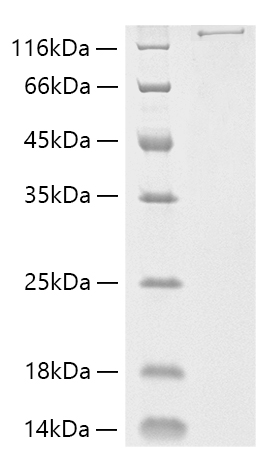Streptococcus pyogenes Cas9 (CRISPR associated protein 9) is a 160 kDa RNA guided endonuclease that introduces site specific cleavage of double strand DNA. It is part of the Clustered Regularly Interspaced Short Palindromic Repeats (CRISPR) system found in many bacteria such as S. pyogenes and most archaea, which provide adaptive immunity against invading mobile genetic elements (such as viruses, transposable elements and conjugative plasmids). Upon viral infection, short viral DNA (known as "spacers") integrate into the host genome between CRISPR repeats, and RNA sequences (guide RNA or gRNA) with this genetic information help guide Cas9 protein to recognize and cut foreign DNA. Cas9 protein undergoes conformational changes upon gRNA binding that shift from non-DNA binding conformation into an active DNA binding conformation. In the Cas9-gRNA complex, the gRNA sequence remains accessible to interact with free DNA, and the extent to which the gRNA spacer and target DNA segment (known as "protospacer") match will determine the cut site. The presence of a 5′-NGG-3′ protospacer adjacent motif (PAM) sequence immediately downstream of protospacers is required for Cas9 cleavage of the foreign DNA. PAM is absent in bacterial CRISPR loci, therefore preventing cleavage of the host genome. Cas9 associates with other proteins of the acquisition machinery (Cas1, Cas2 and Csn2), presumably to provide PAM specificity to this process.






